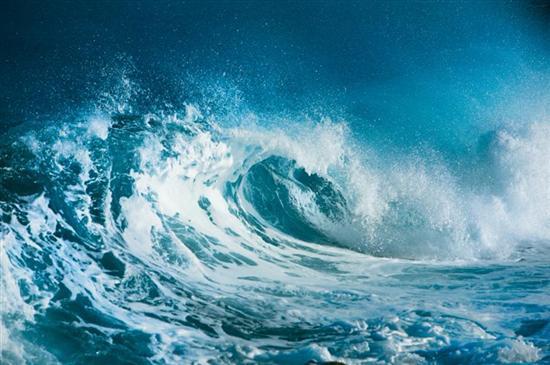
Salinity and Convection
Easy

We'll investigate how salinity affects the rising and falling of water in a cycle. We'll use two containers, salt, food coloring, and liquid soap to observe the differences in the movement of the soap.
Hypothesis
The hypothesis is that salinity will affect the movement of water.
Method & Materials
You will place two containers side by side on hot plates, fill them with water, add salt to one container, add food coloring, and pour liquid soap into both containers.
You will need two large beakers or a heat-proof jar, food coloring, liquid soap, two hot plates, water, and salt.
Results
After observing the movement of the soap in both containers, it was found that the movement of the soap in the container with salt was more rapid.
Why do this project?
This science project is interesting because it allows us to observe the effects of salinity on the movement of water.
Also Consider
Variations of this experiment could include using different temperatures of water or different amounts of salt.
Full project details
You can find additional information and details for this science fair project here. Have fun exploring!Related video
Hey there! Here are some awesome videos about this science project that we think you'll really like. They're not only super fun, but they'll also help you learn more about the science behind the project. So sit back, relax, and get ready to have some fun!!
Share this Science Project:
Related Science Fair Project Ideas
See colors magically move in milk with soap! This fun experiment demonstrates surface tension in a vivid way!
Easy
Make your own sparkling rainbow crystals at home with Borax and see science in action!
Easy
Make your own sparkling geode rock crystals at home with Borax and see science in action!
Easy
Share this Science Project:
